Close your eyes. Now, imagine your favorite vintage portrait. Is it of Jean Harlow? Audrey Hepburn? Vivien Leigh? Marilyn Monroe?
No matter who, there’s a very good chance that the famous portrait engrained so deeply in your mind was “photoshopped.” Not in the modern sense, but by using film photography techniques from bygone decades.
When the above before-and-after was posted to Reddit, experts and enthusiasts readily chimed in with stories, explanations, and history lessons. For example, the most upvoted response divulged:
I have worked at a commercial studio since the mid 90’s. We were still doing some of these things then. I remember working in the darkroom and dodging/burning prints, masking…. then spotting them and airbrushing them. You screw up at any one step and you get to start all the fuck over. I don’t miss that one little bit. I started in PS5 and never looked back.
I myself took a year of photography in high school — where we not only learned to manually develop photos but also studied the history of photography as well — but never know that the “dodge” and “burn” tools in Photoshop were inspired by actual dodge and burn techniques in film photography.
“Dodge” means you cast a shadow on the print with a tool (like a paper circle on a stick like the Photoshop Dodge tool icon) or your hand, as the negative is projected onto the photosensitive paper. As you cast a shadow, less light is allowed onto the sensitive paper and therefore it becomes lighter (since it’s a negative, less light projected = lighter result).
“Burn” means you dodge everything except a small area, by making an “O” shape with your hand (like the Photoshop Burn tool icon) or using a piece of paper with a hole in it, to avoid light hitting the paper in all areas except the part you want to burn. This causes that part to receive more light, making it darker, since it’s a negative and works in reverse.
Of course when you’re exposing your negative onto the paper, you’ll do it for many tens of seconds which gives you enough time to expose the whole image for some time, then dodge for some time, and then burn for some time. Of course you can’t see shit and you have no idea what it’s going to look like until you develop your print. At that point it’s too late to change anything so you have to start over many times to get it right.
I dunno about you, but I’d much rather prefer to edit photos using a few clicks!
Via PopSugar.

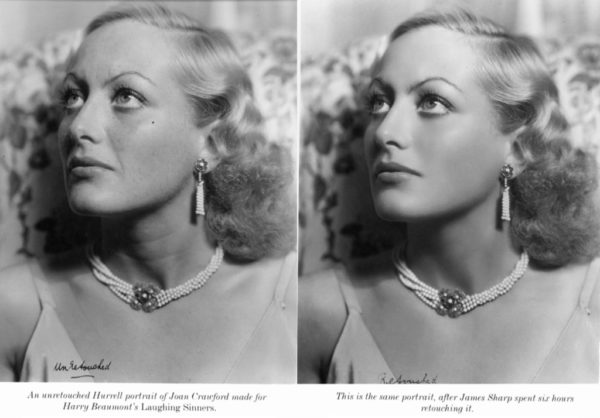
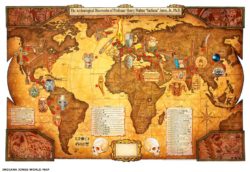
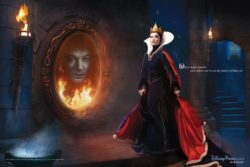
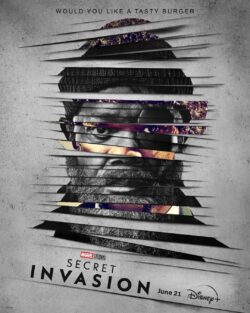
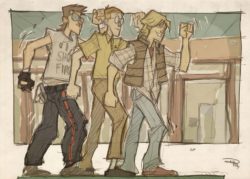

 I like books, gadgets, spicy food, and art. I dislike shopping, hot weather, and the laws of entropy. Although I am a self-proclaimed computer nerd, I still have a love for handbags and makeup... and I am always teetering on high heels. To learn more about me, visit the
I like books, gadgets, spicy food, and art. I dislike shopping, hot weather, and the laws of entropy. Although I am a self-proclaimed computer nerd, I still have a love for handbags and makeup... and I am always teetering on high heels. To learn more about me, visit the 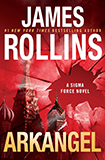
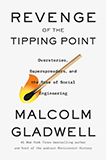
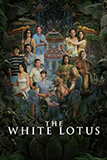
I spent many hours in the darkroom in college, learning to dodge and burn photos. We’d then bring our negatives in, scan them into the computer and play with them in Photoshop. I have a lot of appreciation for the hard work and the visceral satisfaction of getting it right in the darkroom, but I’m so grateful for Photoshop and the advent of digital photography. A few months later, our college newspaper bought its first digital camera, and everyone was clamoring to check it out to avoid spending a lot of time in the darkroom. Crazy how many generations of digital cameras we’ve been through already since the early 2000s.